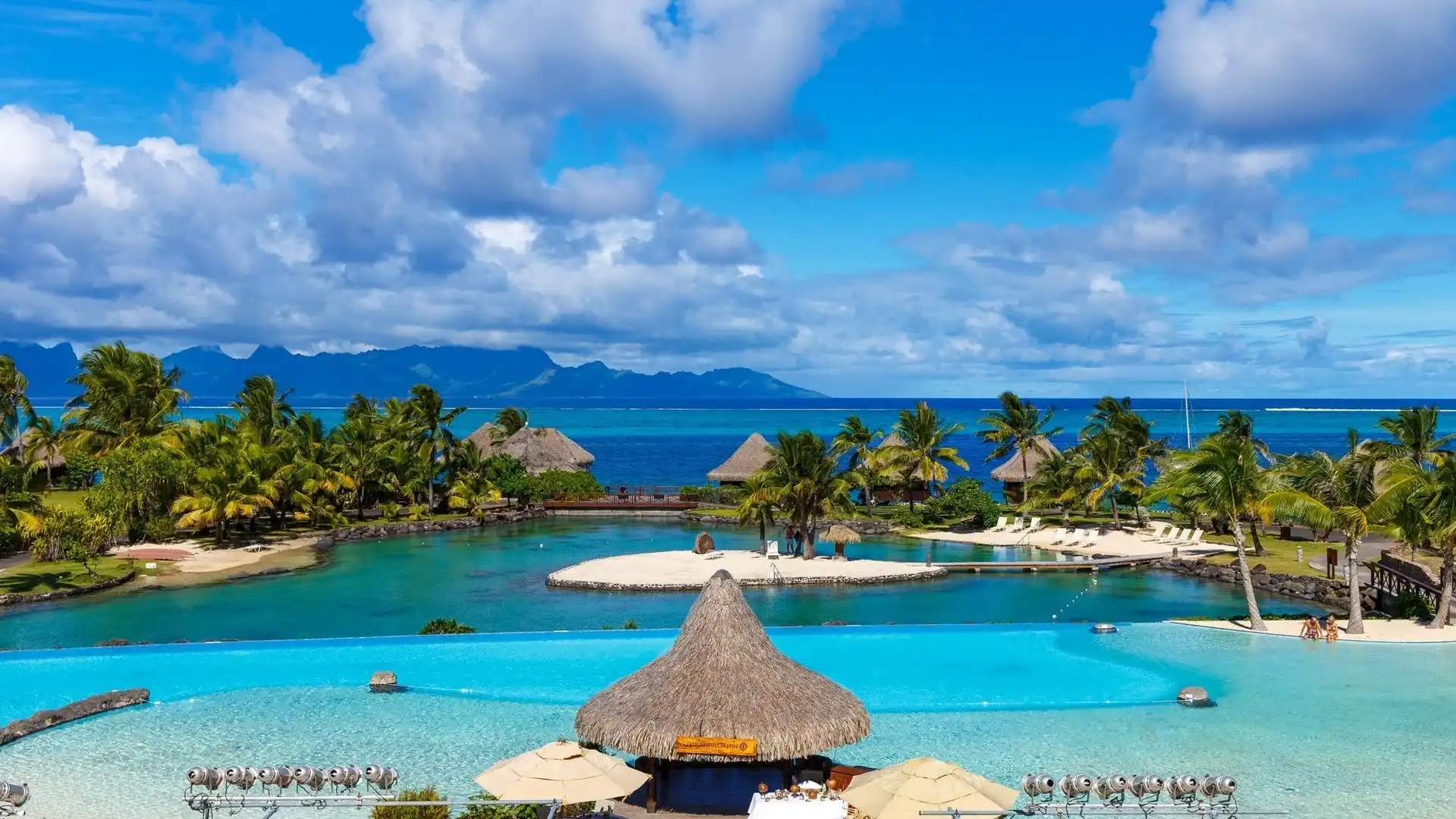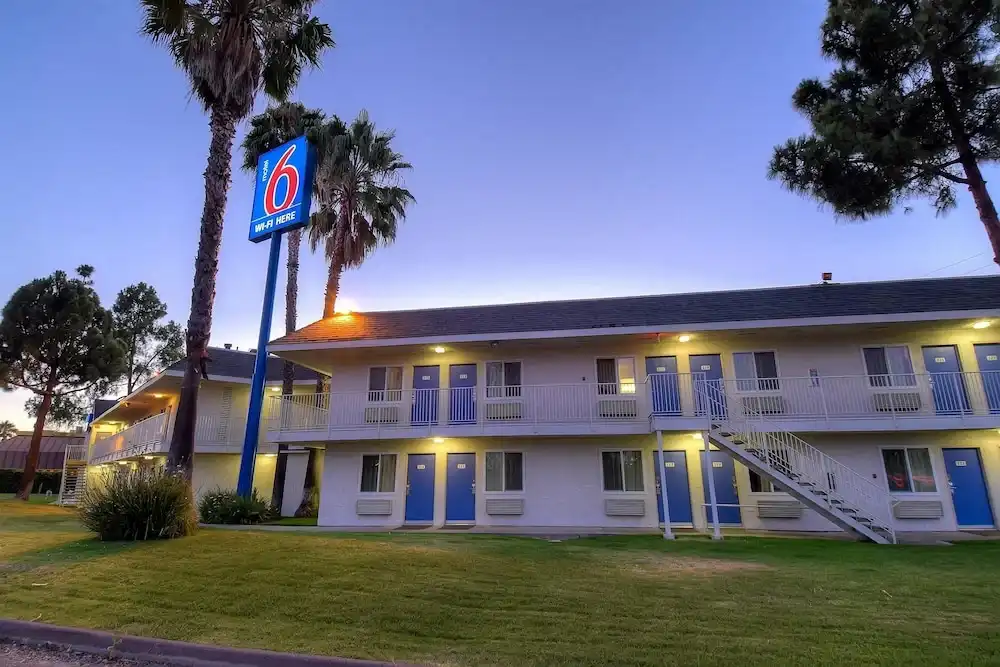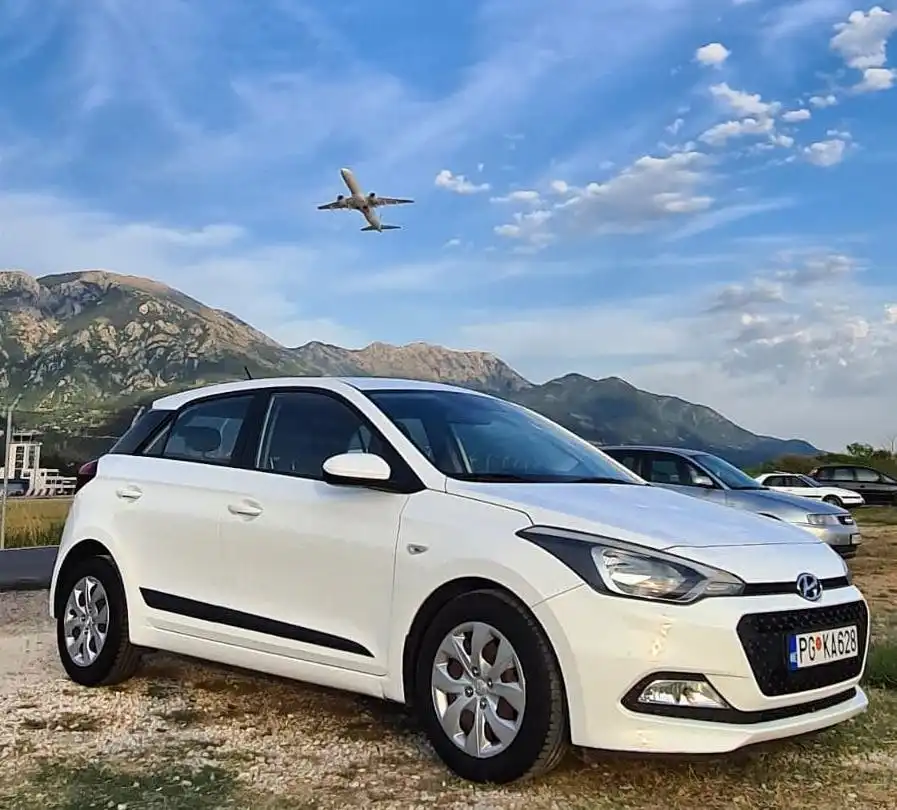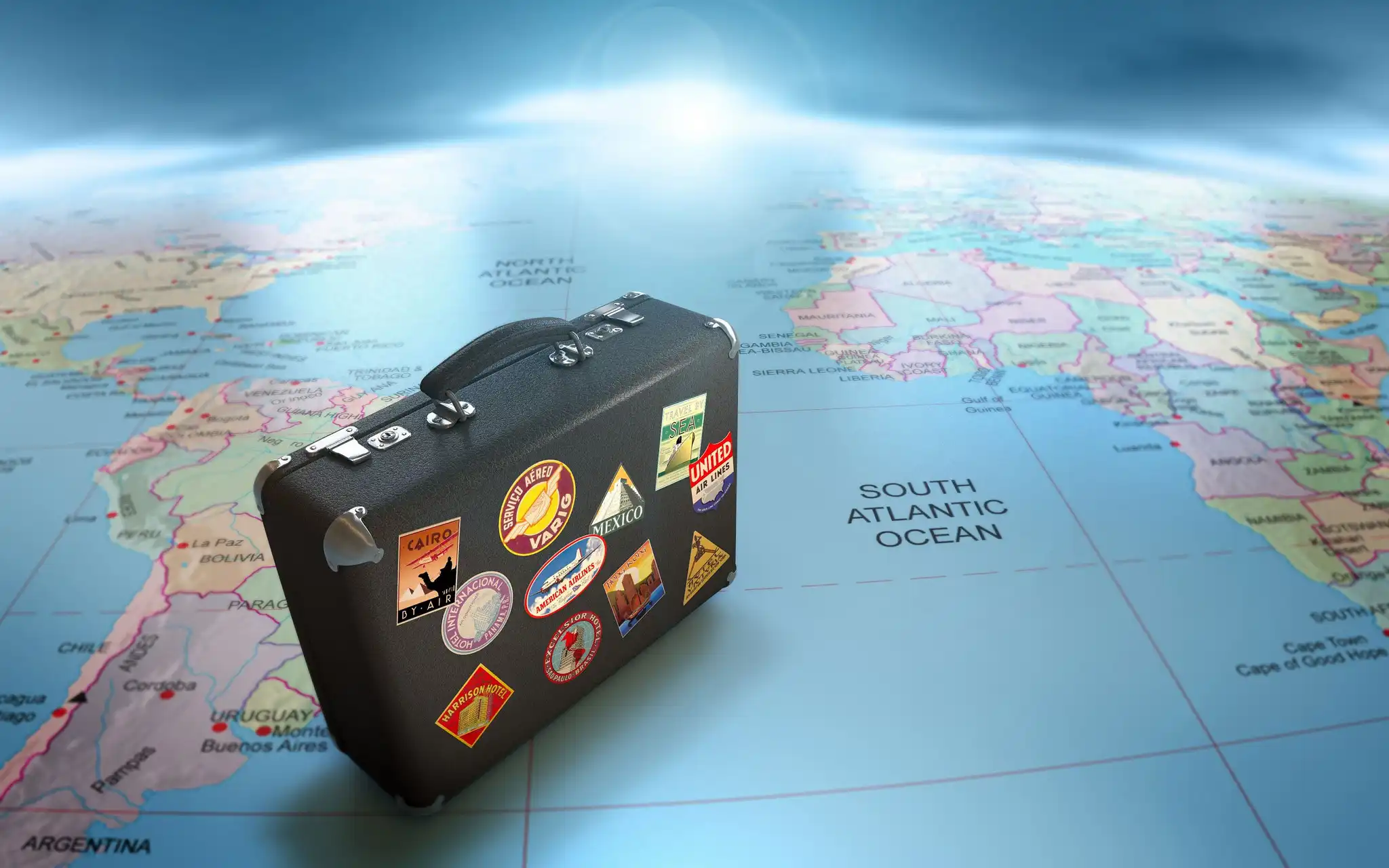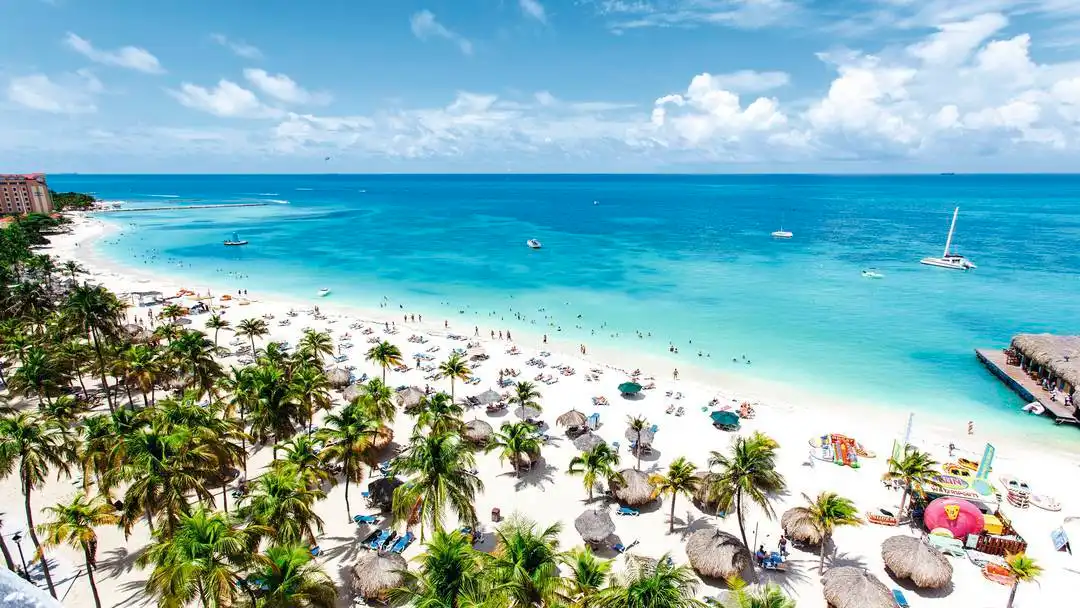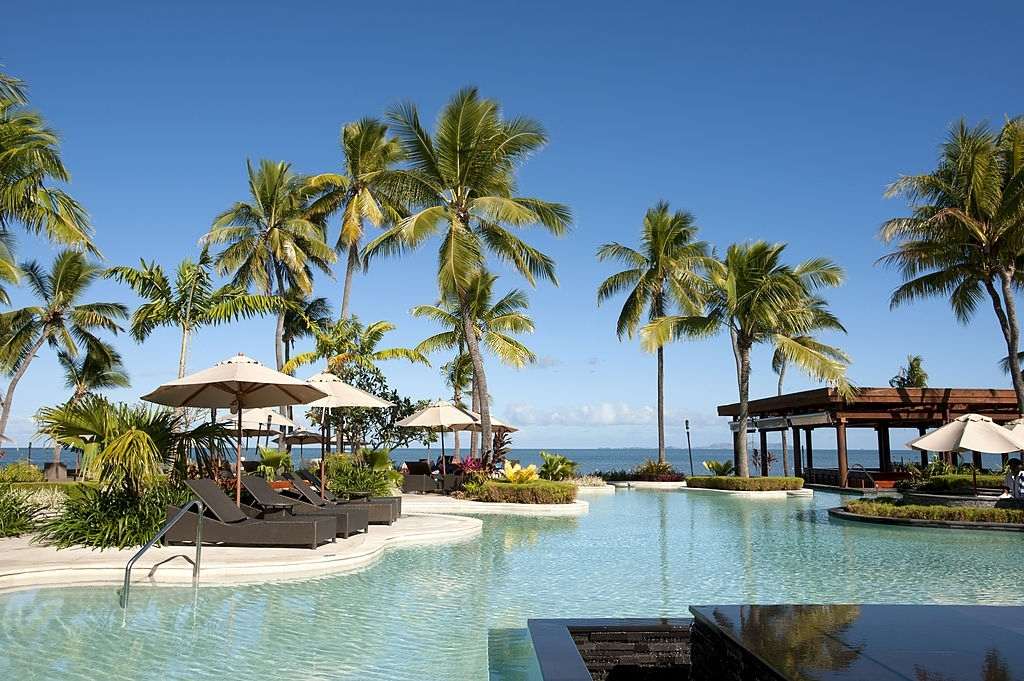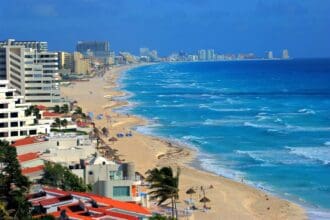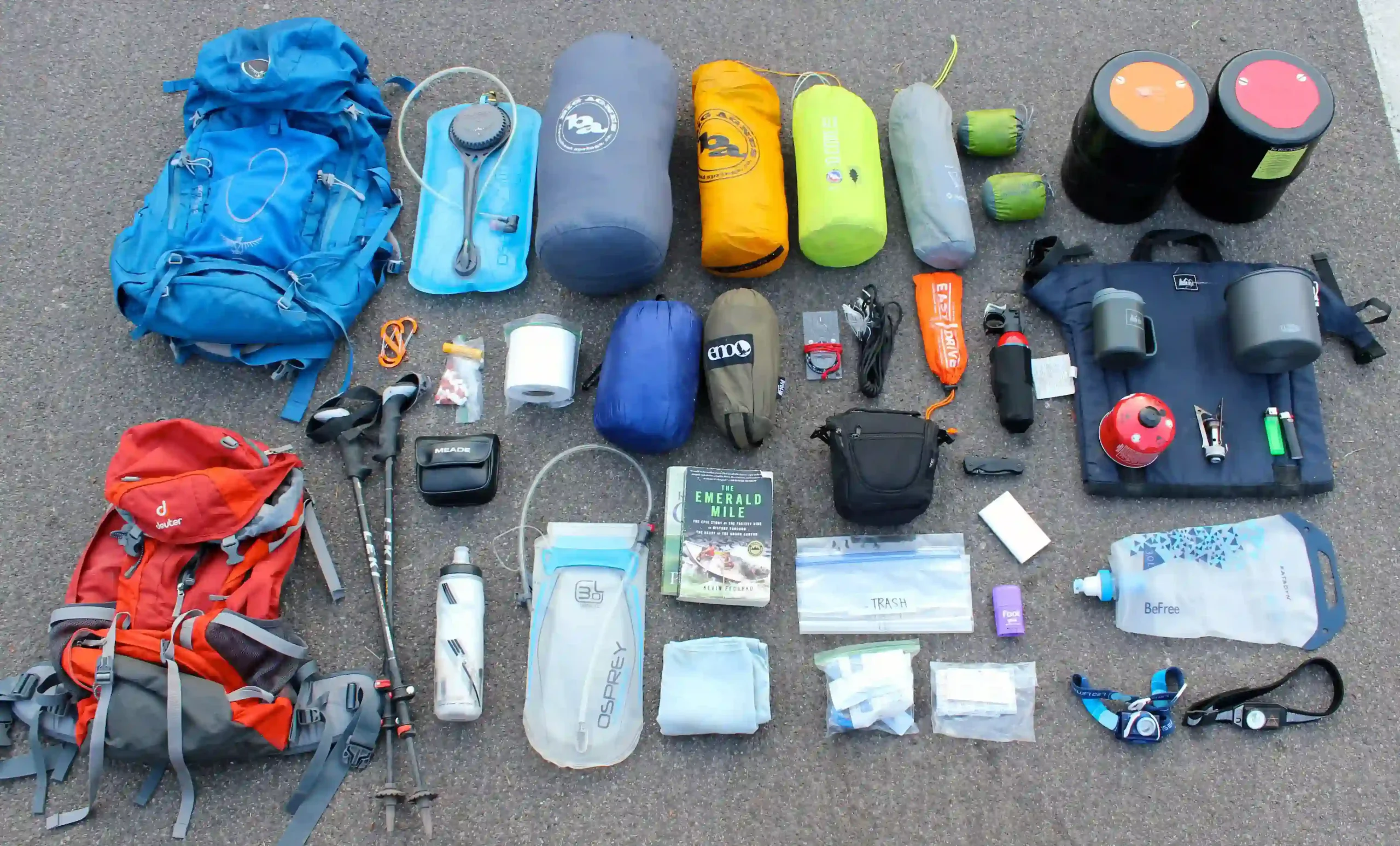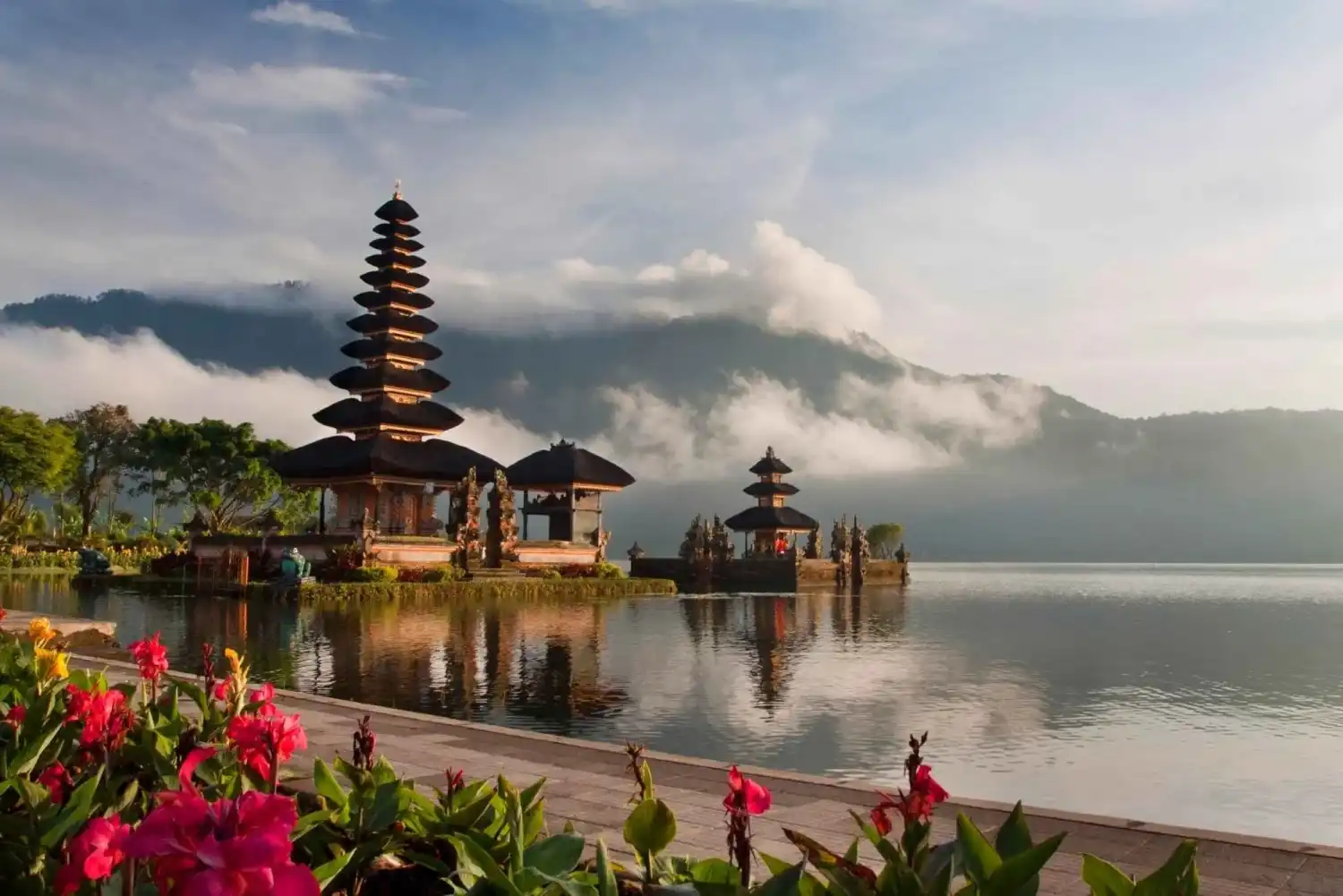Africa is a continent of extraordinary beauty, vibrant cultures, and vast natural resources. However, certain regions face persistent challenges that make them dangerous for both residents and travelers. These challenges include political turmoil, armed conflicts, terrorism, high crime rates, and lack of infrastructure. Below, we explore the 13 most dangerous countries in Africa in detail, shedding light on the root causes of their instability and the risks involved.
1. South Sudan: The World’s Newest Nation in Conflict
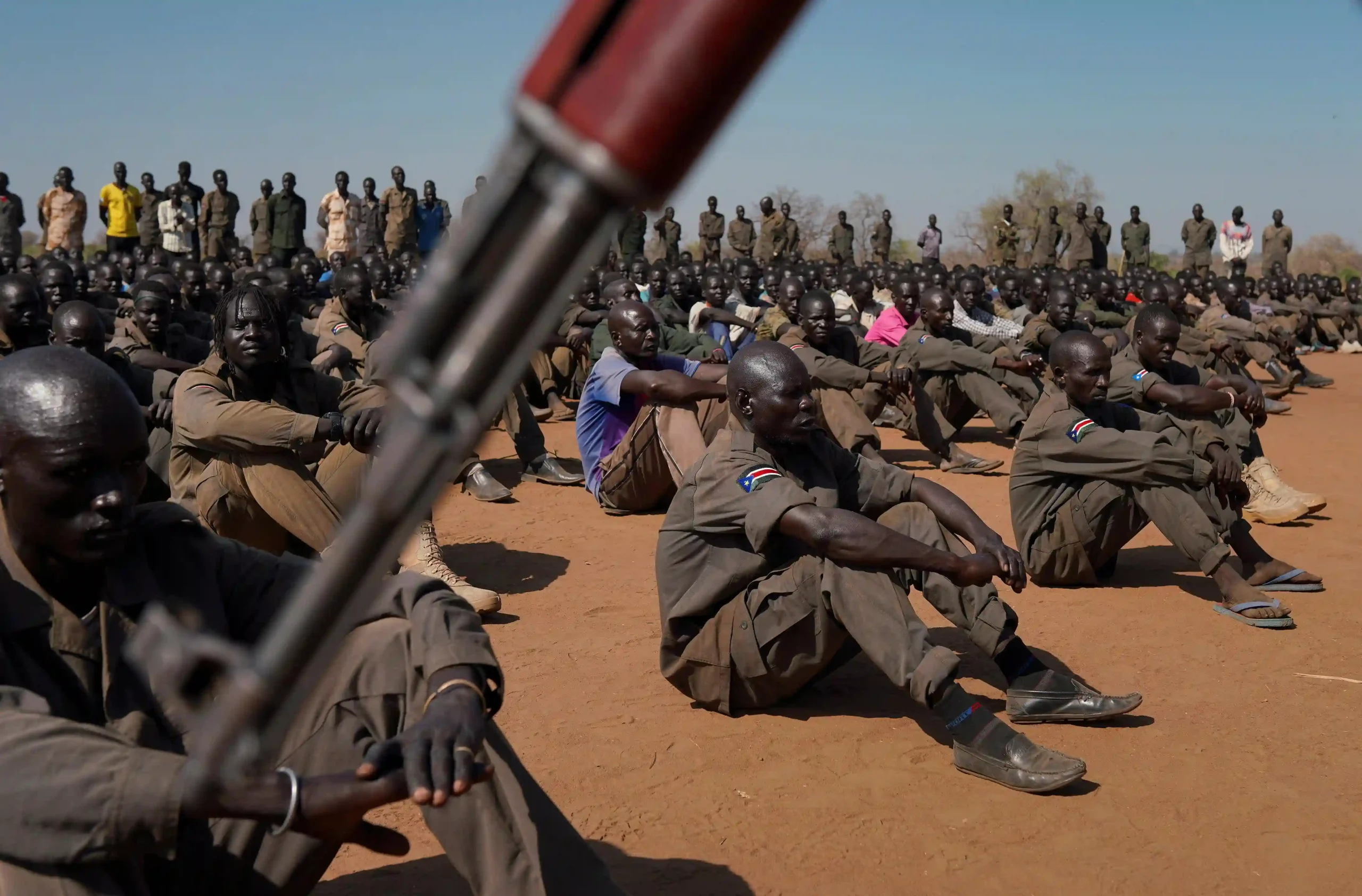
Overview:
South Sudan gained independence from Sudan in 2011, but peace was short-lived. Civil war erupted in 2013, fueled by ethnic rivalries between the Dinka and Nuer communities and political disputes. Despite peace agreements, the nation remains unstable.
Key Risks:
- Ethnic violence and clashes between armed groups.
- Severe food shortages and famine conditions.
- Lack of infrastructure, including roads and medical facilities.
Current Situation:
UN peacekeeping missions and humanitarian aid organizations are active, but millions remain displaced. Malaria, cholera, and other diseases are prevalent due to inadequate healthcare.
2. Democratic Republic of the Congo (DRC): A Resource Curse

Overview:
The DRC is rich in natural resources such as gold, diamonds, and cobalt, but this wealth has fueled decades of conflict. Armed militias exploit resources and terrorize local populations, especially in the eastern provinces.
Key Risks:
- Attacks by armed groups, including the Allied Democratic Forces (ADF).
- High risk of kidnapping and extortion.
- Public health crises, including frequent Ebola outbreaks.
Current Situation:
Efforts to stabilize the country have made limited progress. Travelers are advised to avoid regions like North Kivu and Ituri, where violence is concentrated.
3. Somalia: A Land Without Central Authority

Overview:
Somalia has been in a state of chaos since the collapse of its government in 1991. Al-Shabaab, an Islamist extremist group, exerts control over large areas, making the country extremely dangerous.
Key Risks:
- Frequent terrorist attacks targeting civilians, government buildings, and foreign entities.
- Piracy along the Somali coast.
- Poor infrastructure and inadequate healthcare facilities.
Current Situation:
While some parts of Mogadishu have seen relative stability, most of Somalia remains unsafe for visitors. Neighboring countries like Kenya also feel the effects of Somali instability.
4. Central African Republic (CAR): A Forgotten Crisis

Overview:
The CAR has been trapped in cycles of violence for years, largely driven by clashes between Muslim Seleka rebels and Christian Anti-Balaka militias. Despite international interventions, lawlessness prevails.
Key Risks:
- Widespread displacement and refugee crises.
- Violent clashes between armed groups.
- Limited access to basic services such as clean water and healthcare.
Current Situation:
The UN mission (MINUSCA) works to stabilize the country, but its impact is limited. Many regions remain inaccessible due to ongoing violence.
5. Sudan: A Nation Divided by Turmoil

Overview:
Sudan’s history of internal conflict, including the Darfur genocide and its split from South Sudan, has left it politically fragile. Recent protests against military rule have further destabilized the nation.
Key Risks:
- Political unrest and frequent protests.
- Ethnic violence, particularly in Darfur.
- Economic instability leading to shortages of basic goods.
Current Situation:
International sanctions have eased slightly, but the situation remains volatile. Peace agreements are fragile and often fail to hold.
6. Libya: A Country Torn by Rivalries

Overview:
Libya descended into chaos after the fall of Muammar Gaddafi in 2011. Competing governments and militias vie for control, creating a power vacuum that fosters lawlessness and terrorism.
Key Risks:
- Kidnappings, including foreign nationals.
- Armed conflict between rival factions.
- Human trafficking and abuse of migrants.
Current Situation:
The coastal areas, particularly Tripoli and Benghazi, are hotspots for violence. International attempts to mediate peace have had limited success.
7. Mali: A Battleground for Extremism

Overview:
Mali has become a hub for jihadist groups linked to Al-Qaeda and ISIS, particularly in the northern and central regions. French-led military interventions have pushed back some groups, but the threat remains.
Key Risks:
- Terrorist attacks targeting civilians, schools, and government buildings.
- High risk of kidnappings, especially foreigners.
- Ethnic tensions and community violence.
Current Situation:
The government struggles to maintain control outside major cities. Travelers are advised to avoid rural areas entirely.
8. Ethiopia: From Prosperity to Conflict

Overview:
Ethiopia has experienced rapid economic growth but faces deep-seated ethnic and political tensions. The conflict in the Tigray region has resulted in mass atrocities and displacement.
Key Risks:
- Ongoing armed conflicts in Tigray, Amhara, and Oromia regions.
- Ethnic violence and hate speech exacerbating divisions.
- Disruptions to basic services like transportation and communication.
Current Situation:
Peace talks are underway, but the road to stability remains uncertain. Some regions, such as Addis Ababa, are safer than others.
9. Nigeria: A Giant with Growing Pains

Overview:
As Africa’s largest economy, Nigeria faces unique challenges. Boko Haram, bandits, and kidnappers create insecurity across much of the country, particularly in the north.
Key Risks:
- Terrorist attacks in the northeast.
- High rates of kidnappings for ransom.
- Widespread corruption and police brutality.
Current Situation:
Major cities like Lagos and Abuja are relatively safe, but rural and northern areas remain high-risk zones.
10. Cameroon: Caught in a Linguistic Divide

Overview:
The Anglophone crisis in Cameroon has led to violent clashes between separatists and government forces. Boko Haram also operates in the far north, further destabilizing the country.
Key Risks:
- Armed conflict in English-speaking regions.
- High levels of crime and corruption.
- Poor infrastructure and limited healthcare.
Current Situation:
Travelers are advised to avoid the northwest and southwest regions.
11. Niger: A Crossroads of Instability

Overview:
Niger’s position near Mali and Libya makes it vulnerable to terrorist incursions. The country also struggles with extreme poverty and food insecurity.
Key Risks:
- Attacks by extremist groups like Boko Haram.
- Poor infrastructure and lack of healthcare.
- Political instability and weak governance.
Current Situation:
International forces, including French troops, assist in counterterrorism efforts.
12. Chad: A Landlocked Challenge

Overview:
Chad has been affected by regional instability and internal political unrest. The country’s desert climate and lack of resources exacerbate its problems.
Key Risks:
- Rebel incursions from neighboring countries.
- Ethnic and political violence.
- Poverty and humanitarian crises.
Current Situation:
Chad’s government struggles to maintain stability, relying on international assistance.
13. Eritrea: Isolation Under Dictatorship

Overview:
Eritrea is less dangerous in terms of violence but remains oppressive under an authoritarian regime. Visitors face tight surveillance and restricted movement.
Key Risks:
- Arbitrary detention and forced conscription.
- Lack of personal freedoms.
- Poor infrastructure for tourism.
Current Situation:
The government controls nearly every aspect of life, making it challenging for outsiders.
Conclusion
Traveling in Africa requires careful planning and awareness of local conditions. While many countries face serious challenges, others are working toward stability. By staying informed, consulting travel advisories, and taking necessary precautions, you can navigate the complexities of this remarkable continent.
FAQs
1. Are all African countries dangerous?
No, many African countries are safe and welcoming for travelers, such as Botswana, Namibia, Rwanda, and Morocco.
2. What precautions should I take when traveling in high-risk areas?
Register with your embassy, avoid remote areas, travel in groups, and use reputable guides or tour operators.
3. Are there any safe areas in these dangerous countries?
Some regions within these countries may be safer than others, but risks remain. Research specific destinations thoroughly.
4. What role do international organizations play in stabilizing these countries?
Organizations like the UN and African Union provide peacekeeping forces, humanitarian aid, and mediation efforts.
5. Can these countries overcome their challenges?
With sustained efforts in governance, conflict resolution, and development, many countries have the potential to achieve stability over time.


